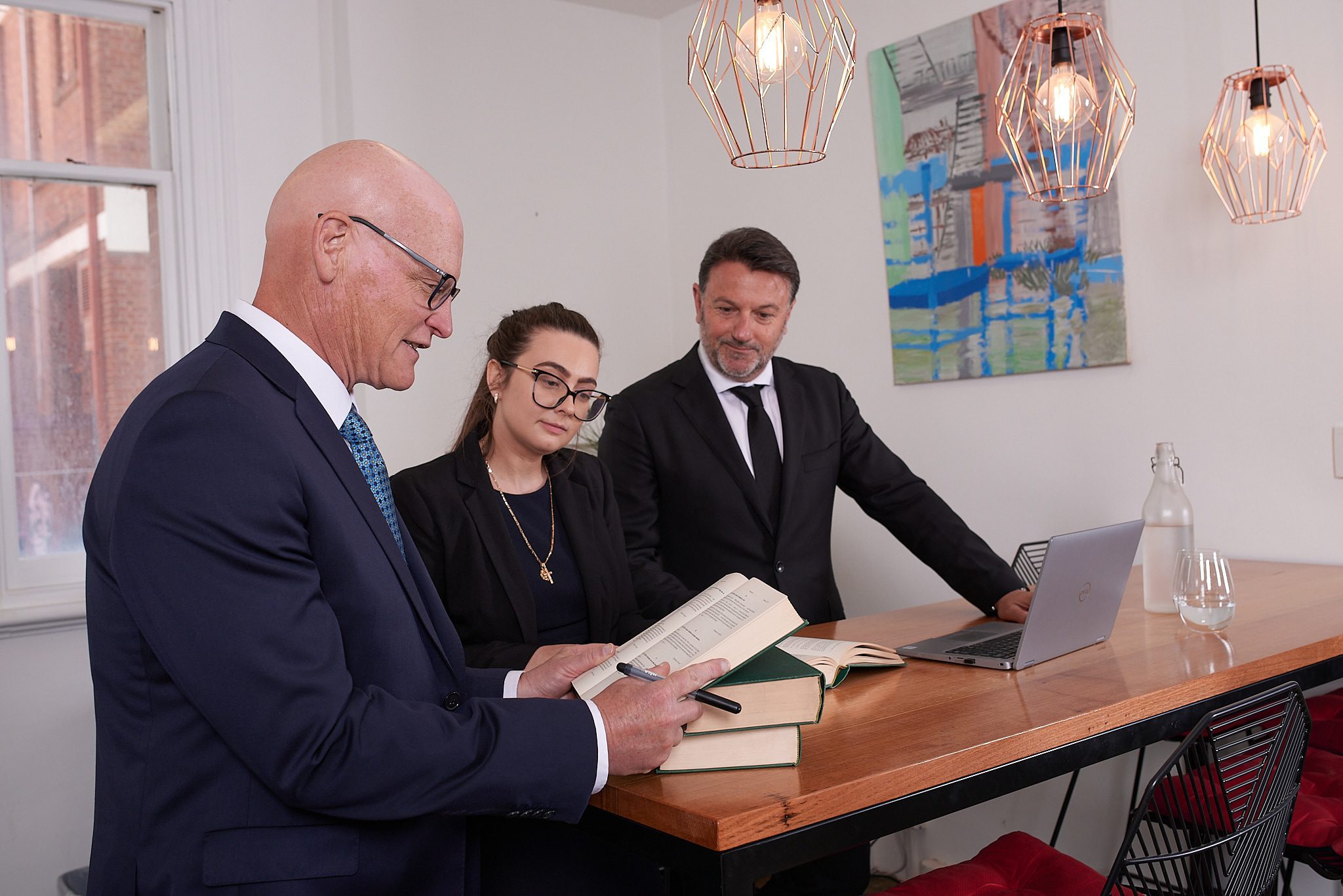Splitting assets in divorce
On this page
At Culshaw Bishop Lawyers, we understand that separating from your partner can be an extremely difficult and emotional time, and having your assets split can add extra stress. Our separation and divorce lawyer are dedicated to taking the stress out of splitting assets in a divorce. Our expert Australian legal team can guide you every step of the way through your separation.
How do assets get split in a divorce?
There are numerous factors to consider in the process of splitting assets and the outcome isn’t always a simple 50/50 divide. There is usually a four part process involved:
1. The asset pool is identified
The first step in dividing assets in divorce is to identify and value all assets, liabilities, and financial resources. This can include anything of value including real estate, cars, savings, superannuation, and inheritance.
2. Financial and non-financial contributions are considered
Once the parties’ asset pool is determined, the financial and non-financial contributions to the asset pool are considered; financial contributions can be easier to quantify whereas non-financial contributions, which include homemaking, parenting, and personal exertions toward property improvements, can be slightly more difficult to quantify.
3. Future needs of both parties are assessed
Once these factors are considered, the future needs of the parties needs to be calculated. The court will consider essential adjustments that are needed, including circumstances where support of children may impact a parent’s income, and where there is a significant disparity in income and employment prospects.
4. The ‘just and equitable’ test is performed
The final step in splitting assets in a divorce is for the court to consider the practical effect of the proposed property settlement, whether the outcome is ‘just and equitable’ and does not leave one party at a disadvantage.
What assets are considered?
All property, whether jointly or individually owned at the date of the agreement or Court Order, is considered part of the asset and liability pool.
Full and frank disclosure is a pre-action step required. The duty of disclosure allows the parties to gain an understanding of the financial position of the property pool and confirm the existence of assets, liabilities and financial resources owned by the parties.
The value of the assets and liabilities should be recorded at the date of the agreement NOT the date of separation. If a value cannot be agreed for assets, such as real estate or jewellery, an independent valuation should be obtained. Members of Commonwealth Superannuation Funds should also obtain valuations of their entitlements for family law purposes.
The assets and liabilities that will be taken into consideration in a property settlement, include but are not limited to:
- Real property (such as the relationship home, investment properties, or a farm)
- Personal property (such as savings, vehicles, boats, and shares)
- Trusts
- Inheritances
- Businesses
- Superannuation
- Pets
- Liabilities including mortgages, personal loans, business loans, or credit card debt
What assets cannot be split in a divorce?
The assets and liabilities, that are not generally taken into consideration in a property settlement include:
Real property held as tenants in common;
Property owned by third parties; and
Superannuation entitlements less than $5,000.
However, the exclusion of such assets will depend on your individual circumstances.


